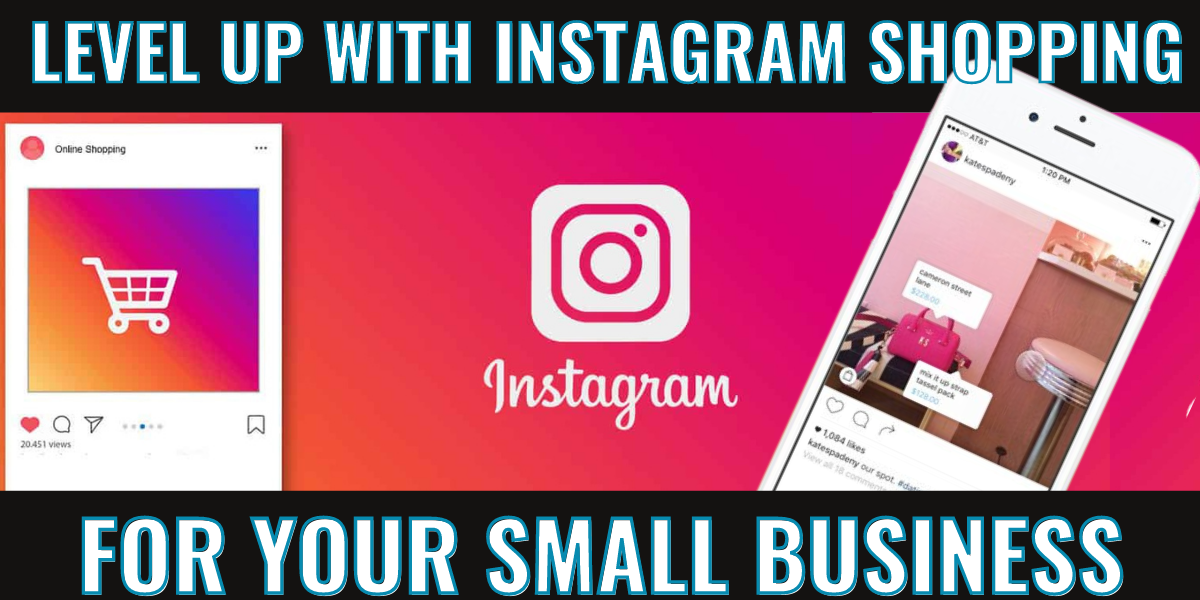Personally, the only platform where I click on ads, research businesses, follow brands, and get inspiration for what to buy is Instagram — and I’m not even an Instagram fiend. Despite my detachment from influencer culture, something about Instagram always gets me when it comes to shopping. The simplicity, visual appeal, and on-point targeting of Instagram frequently ropes me into purchases I don’t really need.
And the kicker is this: I’m one of millions.
Instagram knows this, and they’re capitalizing on it. Just recently, the Head of Instagram, Adam Mosseri, announced that they’re pivoting away from being just a photo-sharing app. One of the new main priorities he noted was to enhance its Shopping features.
In the last year alone, Instagram has announced a number of new key Shop features, like:
- Reels Shopping: Short-form viral video clips à la TikTok with the ability to view and shop products featured in said clips directly.
- Drops section: Sellers can now create buzz surrounding upcoming, soon-to-launch products by posting about them in the Drops subsection of the overall Shop feature.
- Guides: Like blog posts in your brand profile, these allow you to build out more long-form content about your products and services.
Though Reels Shopping and the Drops section are going to be great bonus add-ons for your business, let’s explore some of the more essential Instagram Shopping features you’ll want to utilize for success. But first…
Why Instagram?
For starters, Instagram has pioneered groundbreaking engagement metrics for brands — far more than other social media platforms.
Some notable statistics:
- 81% of users use the platform to research products and services
- 130 million users tap on shopping posts each month
- 50% of users have visited a website to make a purchase after seeing a product/service in Stories
Many up-and-coming features also make it a worthwhile platform to explore, like Instagram Checkout, which allows users to purchase products directly through the app without having to be redirected to your website. Though still in beta with limited access, this feature makes for a shorter buyer journey with higher conversion rates.
Furthermore the visual marketing aspect of Instagram lends it mass appeal to younger demographics, like Millennials and Gen Z. Aesthetics are a major part of what encourages someone to buy, and just like packaging matters in person, presentation matters online.
Instagram Shopping Features to Use
The way we see it, there are three baseline Instagram Shopping features you can benefit from right away. Once you implement these, your business account can easily grow into other e-commerce features like Reels Shopping and Drops.
Product Tags

This is going to be the easiest way to improve convertibility via Instagram. With product tags, you can tag the products featured in your posts so users can view them directly on your website or even checkout on the app (if you have that option enabled).
In order to utilize product tags, you do have to connect your Instagram business account to a Facebook page. Your account is then submitted for your review and your Shop must be approved. If it’s approved, you can start tagging new posts and even old ones with the products featured.
Guides

Think of these like blog posts on your Instagram page. You set them up with a cover image, title, introduction, and descriptions for various product entries. The initial intention of Guides was for travel creators, but Instagram repurposed them as a Shopping feature during the pandemic due to the online shopping boost. Brands can view them as almost an online magazine, familiarizing users with their products and collections.
Instagram Checkout

This allows customers to checkout in-app instead of being redirected to your website. While only available to eligible Shops, it’s a feature worth exploring. If your Instagram Shop is eligible, it can usually be set up directly through your eCommerce platform integration with Shopify or BigCommerce.
Instagram Shopping for the Future
Instagram’s effectiveness for your eCommerce business goes far beyond these shopping capabilities. Instagram Ads also produce favorable results for brands. True, the cost-per-click (CPC) on Instagram is higher than on Facebook, but so is engagement. Post engagement for businesses on Instagram is 0.96 percent. This may not seem like much, but compare it to the less than 0.1% that Facebook and Twitter see, and that CPC rate suddenly seems worth it.
Furthermore, if you’re trying to corner the Millennial and Gen Z market, Instagram is the way to do it. Not only does it tend to cater to members of that market with slightly more disposable incomes, but it’ll allow you to expand into a demographic you may not have known you needed.







